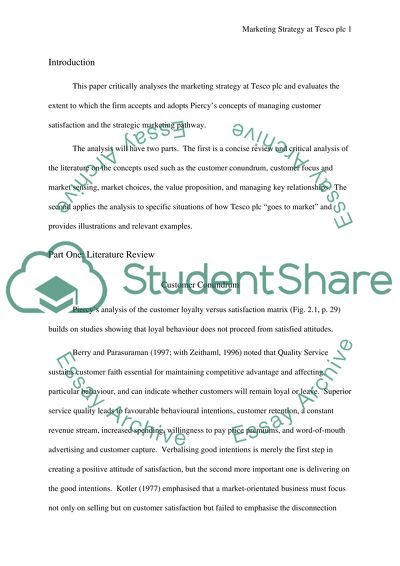Cite this document
(Marketing Strategy Adopted By Tesco Essay Example | Topics and Well Written Essays - 1750 words, n.d.)
Marketing Strategy Adopted By Tesco Essay Example | Topics and Well Written Essays - 1750 words. https://studentshare.org/marketing/1509156-marketing-strategy-at-tesco-plc
Marketing Strategy Adopted By Tesco Essay Example | Topics and Well Written Essays - 1750 words. https://studentshare.org/marketing/1509156-marketing-strategy-at-tesco-plc
(Marketing Strategy Adopted By Tesco Essay Example | Topics and Well Written Essays - 1750 Words)
Marketing Strategy Adopted By Tesco Essay Example | Topics and Well Written Essays - 1750 Words. https://studentshare.org/marketing/1509156-marketing-strategy-at-tesco-plc.
Marketing Strategy Adopted By Tesco Essay Example | Topics and Well Written Essays - 1750 Words. https://studentshare.org/marketing/1509156-marketing-strategy-at-tesco-plc.
“Marketing Strategy Adopted By Tesco Essay Example | Topics and Well Written Essays - 1750 Words”. https://studentshare.org/marketing/1509156-marketing-strategy-at-tesco-plc.


